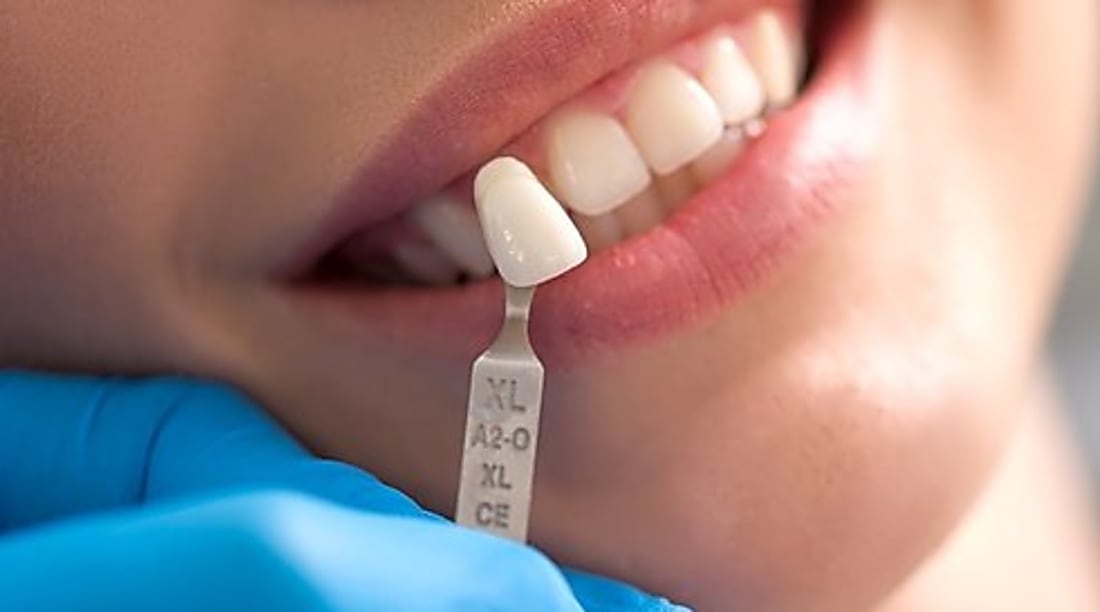Considering Dental Implants? Here’s What to Know About Screwless Options
Dental implants have revolutionized tooth replacement, offering a permanent solution that mimics natural teeth. While traditional screw-retained implants have been the standard for decades, screwless dental implants are gaining attention as an alternative approach. These cement-retained systems use a different attachment method, securing the crown to the implant through dental cement rather than screws. Understanding the differences between these options can help you make an informed decision about your dental restoration.

What Makes Screwless Implants Different?
Screwless implants, also known as cement-retained implants, distinguish themselves through their attachment mechanism. Instead of using screws to secure the crown to the implant abutment, these systems rely on dental cement to create a permanent bond. The implant post is still surgically placed into the jawbone, but the final restoration process differs significantly from traditional screw-retained methods.
The cement-retained approach creates a seamless connection between the crown and abutment, eliminating the need for access holes that are typically required in screw-retained systems. This design choice affects both the aesthetics and functionality of the final restoration. The absence of screw access holes allows for more natural-looking crowns, particularly in the front teeth where appearance is crucial.
Comfort and Functionality of Screwless Systems
Cement-retained implants often provide enhanced comfort due to their smooth surface design. Without screw access holes, the crown surface remains uninterrupted, reducing areas where food particles and bacteria might accumulate. This smoother surface can contribute to better oral hygiene maintenance and overall comfort during daily activities like eating and speaking.
The functionality of screwless systems closely mirrors that of natural teeth. The cement bond creates a stable connection that effectively transfers chewing forces to the implant and surrounding bone tissue. Many patients report that cement-retained crowns feel more natural compared to their screw-retained counterparts, particularly when biting into harder foods or during normal speech patterns.
Understanding the Costs of Screwless Dental Implants
The cost of screwless dental implants varies depending on several factors, including geographic location, complexity of the case, and the specific materials used. Generally, cement-retained implants may cost slightly less than screw-retained systems due to simpler laboratory procedures and fewer components required during the restoration phase.
| Provider Type | Service Offered | Cost Estimation |
|---|---|---|
| General Dentist | Single cement-retained implant | $3,000 - $4,500 |
| Oral Surgeon + Restorative Dentist | Surgical placement + crown | $3,500 - $5,500 |
| Prosthodontist | Complex restoration cases | $4,000 - $6,000 |
| Dental Schools | Training clinic procedures | $2,000 - $3,500 |
Prices, rates, or cost estimates mentioned in this article are based on the latest available information but may change over time. Independent research is advised before making financial decisions.
Is a Screwless Implant Right for You?
Determining candidacy for screwless implants depends on various clinical factors. These systems work particularly well for patients seeking optimal aesthetics in visible areas of the mouth. The absence of screw access holes makes cement-retained crowns ideal for front teeth replacements where appearance is paramount.
However, cement-retained implants may not be suitable for everyone. Patients with limited mouth opening, difficult access areas, or those who may require frequent adjustments might benefit more from screw-retained alternatives. Your dental professional will evaluate factors such as bone density, gum health, opposing teeth, and bite patterns to determine the most appropriate implant system for your specific situation.
Long-Term Maintenance Considerations
Maintaining screwless implants requires consistent oral hygiene practices similar to natural teeth care. The smooth surface of cement-retained crowns generally makes cleaning easier, but patients must remain diligent about daily brushing and flossing. Regular dental checkups become particularly important for monitoring the health of surrounding tissues and the integrity of the cement bond.
One consideration with cement-retained implants is the difficulty of removal if repairs become necessary. Unlike screw-retained crowns that can be easily unscrewed for maintenance, cement-retained restorations typically require crown removal, which may damage the restoration. This factor should be weighed against the aesthetic and functional benefits when making your decision.
Professional cleanings and routine examinations help ensure the longevity of screwless implant systems. Your dental team can identify potential issues early and provide guidance on proper home care techniques specific to your restoration.
Screwless dental implants offer a viable alternative to traditional screw-retained systems, providing excellent aesthetics and functionality for appropriate candidates. While the cement-retained approach presents certain advantages in terms of appearance and comfort, it also comes with specific maintenance considerations that patients should understand. Consulting with a qualified dental professional will help determine whether screwless implants align with your individual needs, expectations, and oral health goals.
This article is for informational purposes only and should not be considered medical advice. Please consult a qualified healthcare professional for personalized guidance and treatment.




